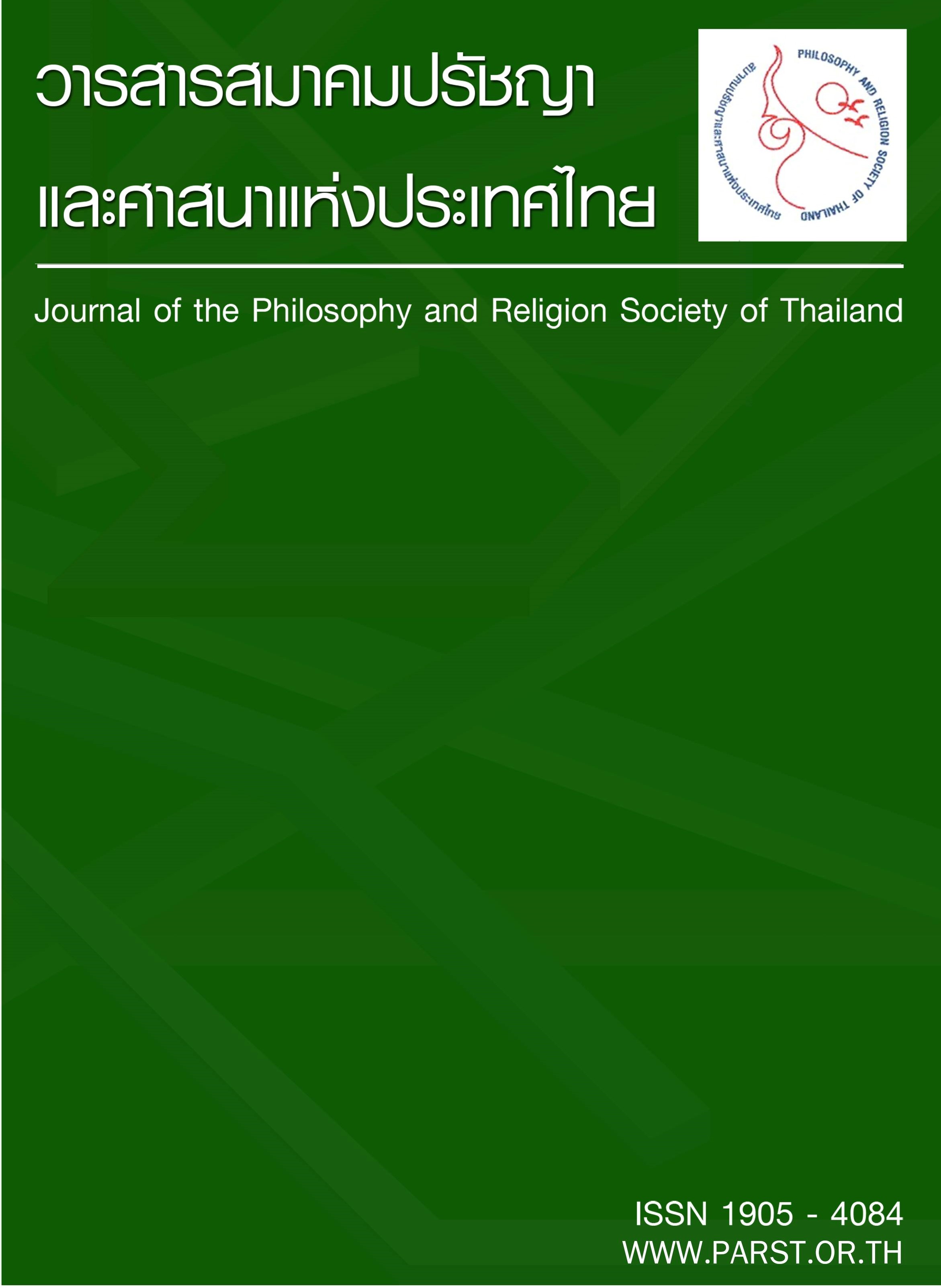A Conversation on Intention in Art
Main Article Content
Abstract
ABSTRACT
Intention, like time, is a word which we seem to know all about until we begin to inquire. And intention in art, like time as applied to things and events in general, has been a subject of historically significant philosophical controversy. For while few have denied the importance of in aiding our understanding of these respective domains, many have held that they play no role in evaluation. As aestheticians have often argued that, although there are morally good and bad intentions, these are not relevant to the aesthetic evaluation of works of art. In a parallel way, logicians have often regarded time an irrelevant for the evaluation of the truth or falsity of analytic propositions.
But like time, intention is a very big concept, one which will not be surveyed in its entirety here. The present task is to discuss of the most important issues in aesthetics: whether and in what sense the concept of intention is relevant in art (e.g., as applied to artist or applied to artwork), and, in what way (e.g., in understanding or in evaluation). The task will be further focused on the classic article by Wimsatt and Beardley
Keywords: art, intention, Wimsatt, Beardsly, intentional fallacy, Coomaraswamy
Article Details
Articles published in the journal are licensed under the CC Attribution-NonCommercial 4.0 format. Articles can be freely reused or republished provided that they are reused or republished or republished for non-commercial purposes, and that proper credit must be given to the author and the journal.


